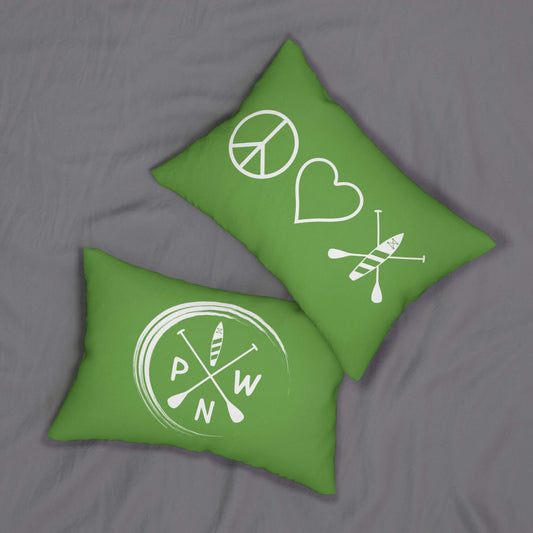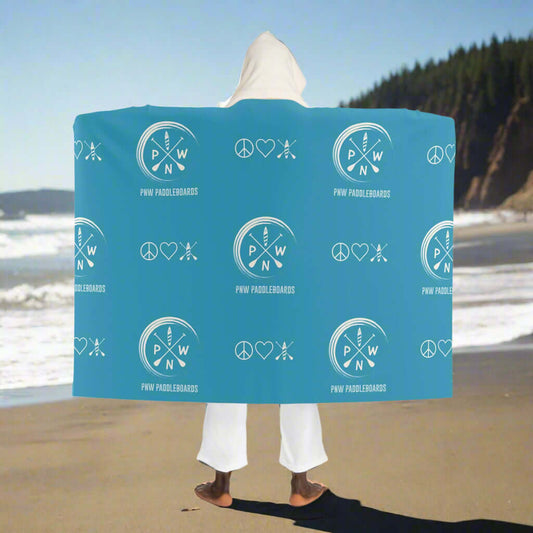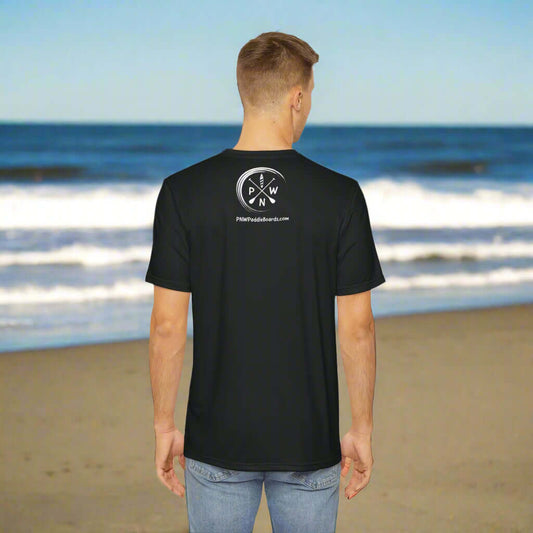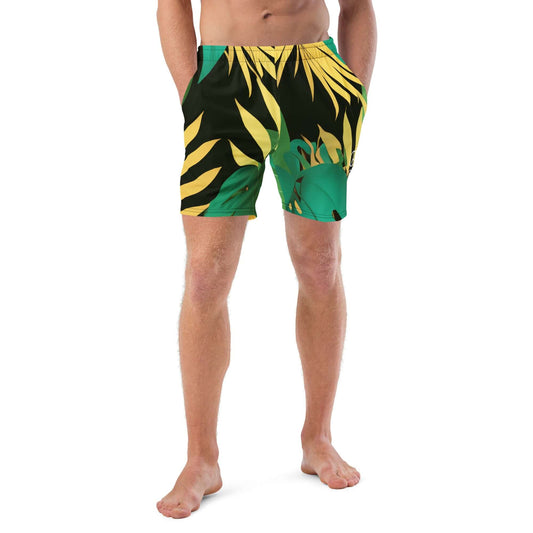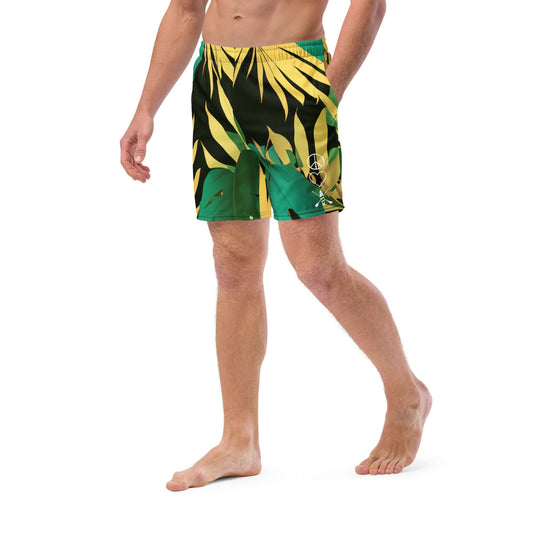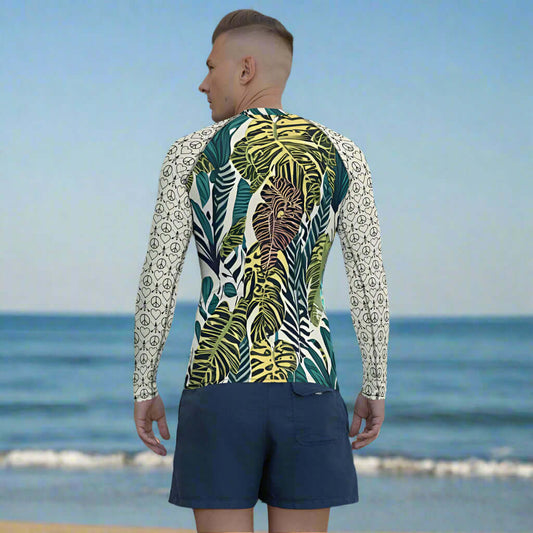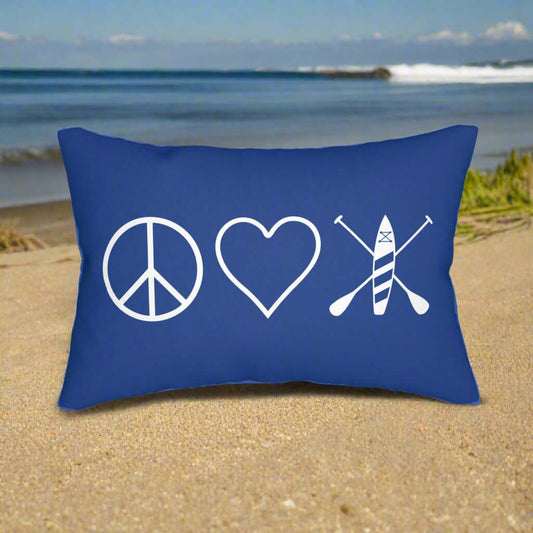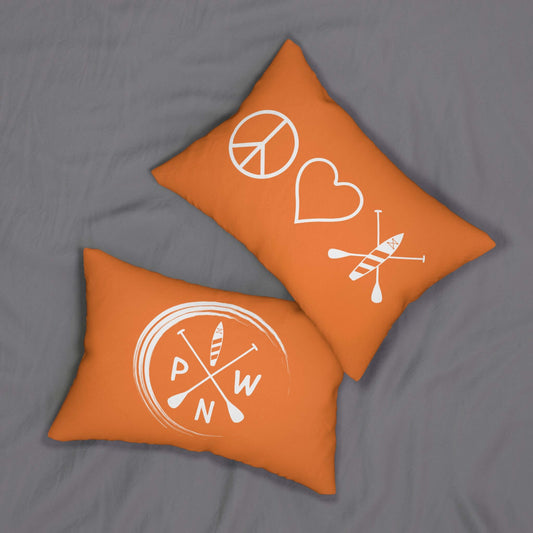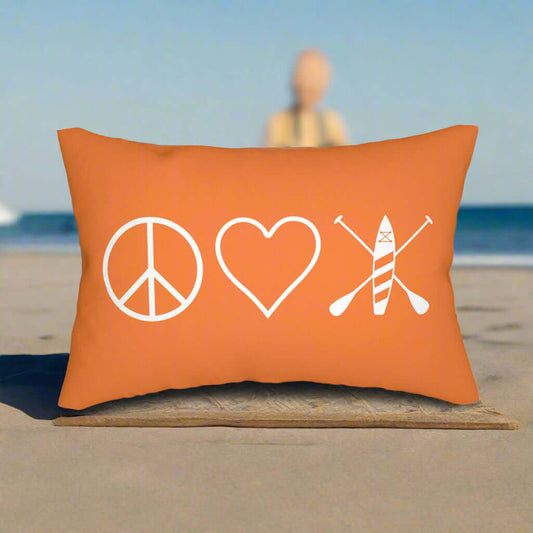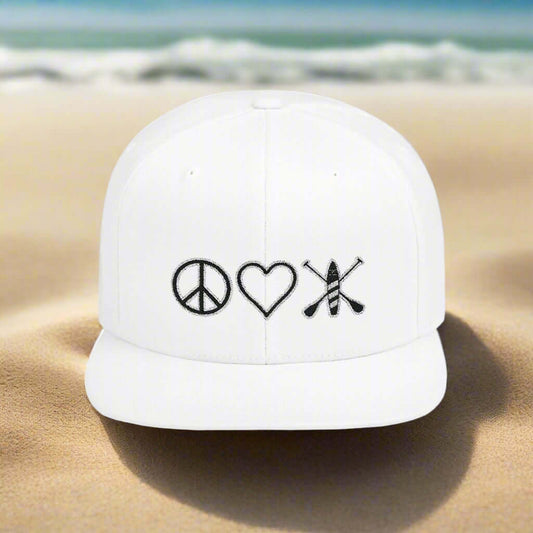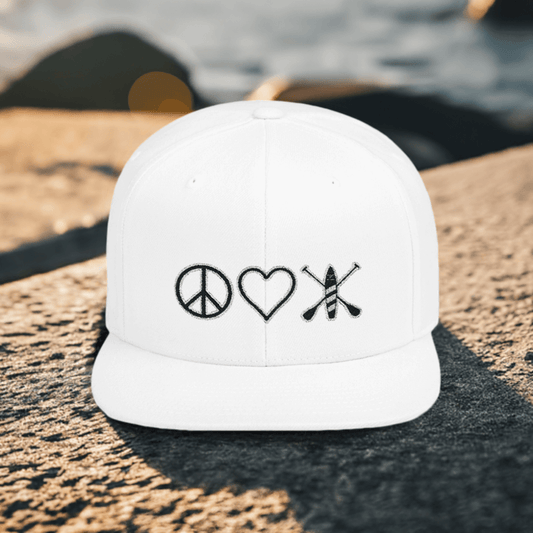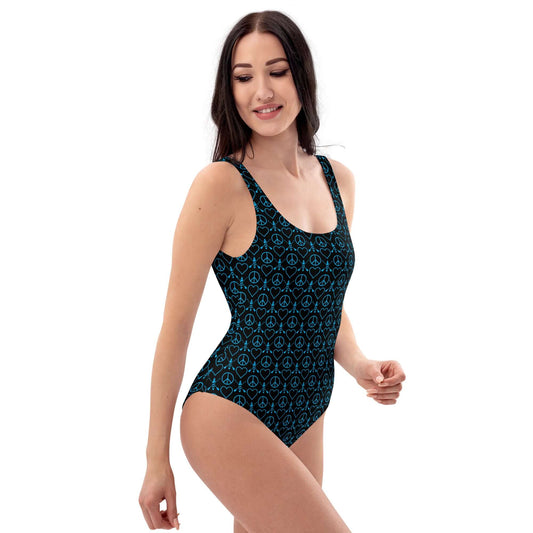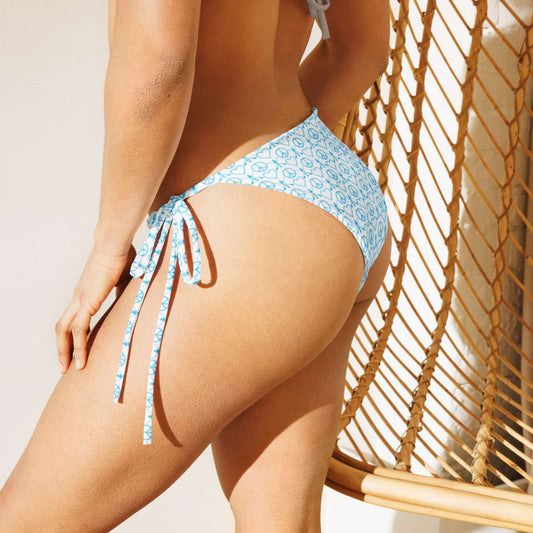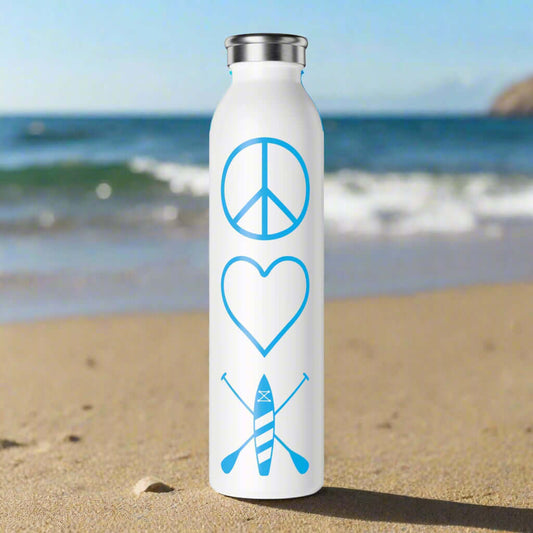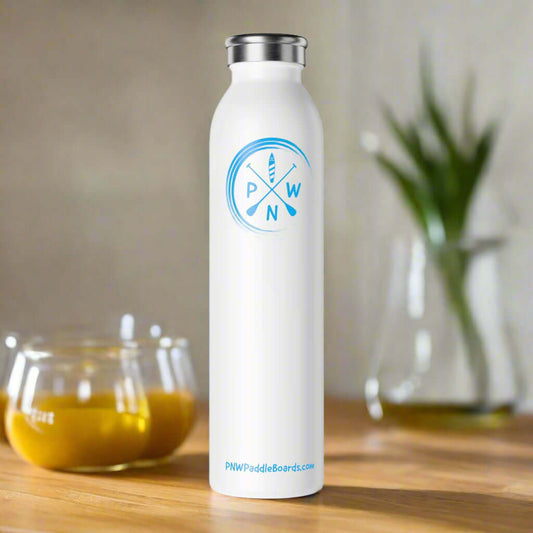
Epoxy Paddleboards vs. Traditional Materials: The Ultimate Showdown
Frequently Asked Questions
1. What are epoxy paddleboards made of?
2. What are the advantages of epoxy paddleboards?
3. What are traditional paddleboard materials?
4. Which type of paddleboard is better for beginners?
5. How does the cost of epoxy paddleboards compare to traditional ones?
Paddleboarding is not just a sport; it’s an adventure that allows enthusiasts to explore nature, exercise, and enjoy some quality time on the water. As the popularity of paddleboarding continues to rise, so does the variety of materials used in making paddleboards. One of the most debated topics among paddleboard enthusiasts is the difference between epoxy paddleboards and those made from traditional materials. This article will take an in-depth look at the two types of paddleboards to help you decide which one best fits your water sports lifestyle.
Understanding Paddleboard Materials
The materials used to craft paddleboards significantly impact performance, durability, weight, and price. Traditionally, paddleboards were mostly made from wood or foam, but with advancements in technology, manufacturers have developed epoxy boards that offer unique benefits.
Introduction to Epoxy Paddleboards
Epoxy paddleboards are constructed using a process that combines a lightweight core with multiple layers of epoxy resin. This results in a hard, durable surface that can withstand various water conditions. This innovative crafting method not only provides enhanced performance but also allows for a colorful and customizable design.
The Benefits of Epoxy Paddleboards
- Lightweight: One of the standout features of epoxy paddleboards is their lightweight design. They are easier to maneuver, making them great for beginners and experts alike.
- Durability: Epoxy boards are engineered to resist dings and scratches, enhancing their longevity even in challenging conditions.
- Stiffness and Performance: The rigidity of epoxy boards translates to better performance on the water, allowing for greater speed and efficiency in paddling.
- Variety of Designs: With epoxy construction, paddleboards can be created in numerous colors and designs, allowing you to choose a board that mirrors your personal style.
Traditional Paddleboard Materials
Traditional paddleboards often consist of materials such as wood, foam, and polyethylene. These materials, while tried and true, come with their own sets of advantages and disadvantages.
Pros and Cons of Traditional Materials
- Wood: While aesthetically pleasing and offering a natural feel, wooden paddleboards are heavier and can be less durable against impacts.
- Foam: Foam boards are soft-topped, making them forgiving in terms of usability, particularly for beginners; however, they can easily flex and warp over time.
- Polyethylene: This material is known for being resistant to UV rays and impacts, but it tends to be heavier and less responsive than the rigid frameworks of epoxy boards.
Performance Comparison
Performance is a crucial factor to consider when selecting a paddleboard, especially for those who want to engage in thrilling water sports adventures.
Speed and Stability
Epoxy paddleboards are crafted for speed and stability due to their lightweight and stiff design. When embarking on an adventure on choppy waters, an epoxy paddleboard can navigate effectively, maintaining balance and speed. In contrast, traditional boards may suffer from flex or instability, making them less suitable for those who prioritize performance.
Maneuverability
Maneuverability is particularly important for those who enjoy exploring tight spots or navigating through surf. Epoxy boards excel here, thanks to their construction; they slice through water effortlessly, which is essential whether you're catching waves or cruising on calm lakes.
Durability and Maintenance
Durability often dictates the longevity of any paddleboard, particularly if you aim for frequent adventures.
Epoxy Paddleboards
Epoxy paddleboards are renowned for their durability. The hard surface protects against dings, while the resin coating keeps the board looking fresh and vibrant over time. With basic upkeep, such as rinsing after use and checking for signs of wear, your epoxy board can withstand the rigors of water sports for years.
Traditional Boards
On the other hand, traditional materials may show wear and tear more rapidly. Wood can warp if not treated properly, foam can dent, and polyethylene can scratch. Regular maintenance is essential, which can be cumbersome for those who prefer to hit the water than constantly service their gear.
Cost Considerations
There's no denying that price often plays a pivotal role in purchasing decisions. Understanding the cost implications of both epoxy and traditional paddleboards can help you allocate your water sports budget effectively.

Investing in Epoxy
When diving into epoxy board options, expect a higher initial investment due to the modern craftsmanship involved. However, the long-lasting quality and low maintenance costs can make this investment worthwhile over time. The durability ensures you won’t need to replace your board as frequently, saving you money in the long run.
Traditional Materials Pricing
Traditional boards are often more budget-friendly upfront; however, you may find yourself needing to replace or repair these boards more often due to their susceptibility to damage. If you’re looking to enjoy soft top water sports without breaking the bank, these boards may seem appealing at first glance.
The Ideal User Experience
Identifying which type of paddleboard suits your needs ultimately hinges on your experience level and objectives.
For Beginners
If you’re just dipping your toes into the paddleboarding scene, a traditional paddleboard—particularly foam—can offer a softer approach and added stability. The forgiving nature of foam boards makes them well-suited for beginners who are still getting a feel for the water.
For Experienced Adventurers
If you’re a seasoned paddleboarder keen on pushing your limits, an epoxy paddleboard is likely the right choice. With superior speed, performance, and customization options, you’ll be able to embark on your exciting adventures with confidence and style.
Environmental Impact
As consumers become more eco-conscious, the environmental impact of materials is an essential factor to consider.
Eco-friendliness of Epoxy Paddleboards
While the production of epoxy boards involves synthetic materials, many manufacturers are making strides toward sustainable practices, incorporating eco-friendly resins and recyclable components. The durability of epoxy boards also means they last longer, ultimately reducing waste.
Traditional Material Considerations
Wooden boards offer a more natural appeal but can contribute to deforestation if sourced unsustainably. Foam boards may consist of expanded polystyrene, which raises concerns due to its non-biodegradable characteristics. It's vital to choose responsibly sourced materials that align with your values as a water sports enthusiast.
Final Considerations Before Making a Choice
Choosing between epoxy paddleboards and traditional materials boils down to various aspects like performance, durability, budget, experience level, and eco-friendliness. Knowing the advantages and disadvantages of both types empowers you to make a more informed decision aligned with your water sports adventure goals.
Test It Out
Whenever possible, try testing different models before committing to a purchase. Renting boards or participating in demo days can provide valuable insights into what feels right for your adventure plan.
Don’t Forget About Accessories
Regardless of which paddleboard you choose, investing in high-quality accessories—such as paddles, leashes, and personal flotation devices—will enhance your overall experience on the water. Proper equipment ensures you maximize enjoyment while prioritizing safety during your adventures.
Unlock Your Paddleboarding Adventure!
Your choice of paddleboard can significantly enhance your overall adventure experience on the water. Whether you opt for the lightweight performance of epoxy or the robust feel of traditional materials, each has something unique to offer. Embrace your water sports passion, explore the options, and get ready to create unforgettable moments on those beautiful waves!

